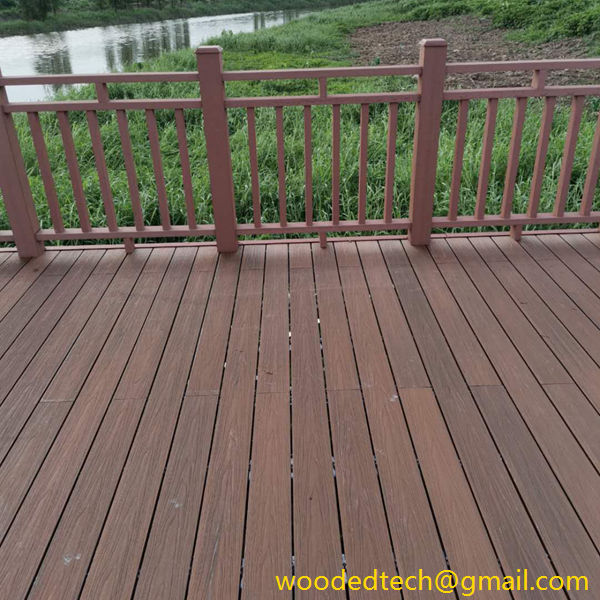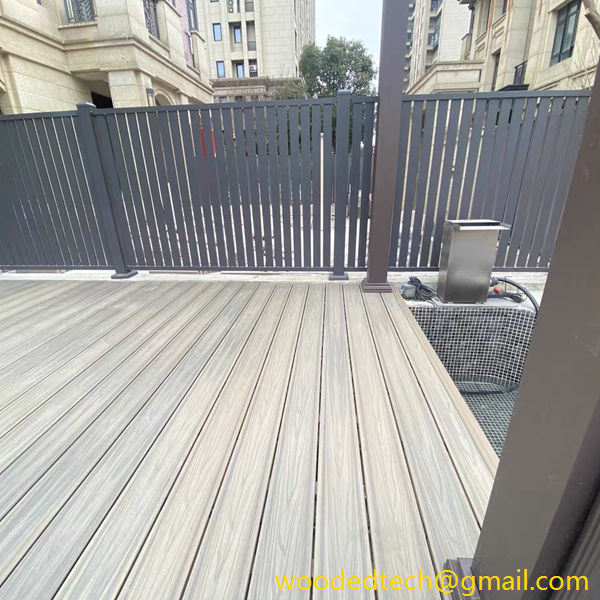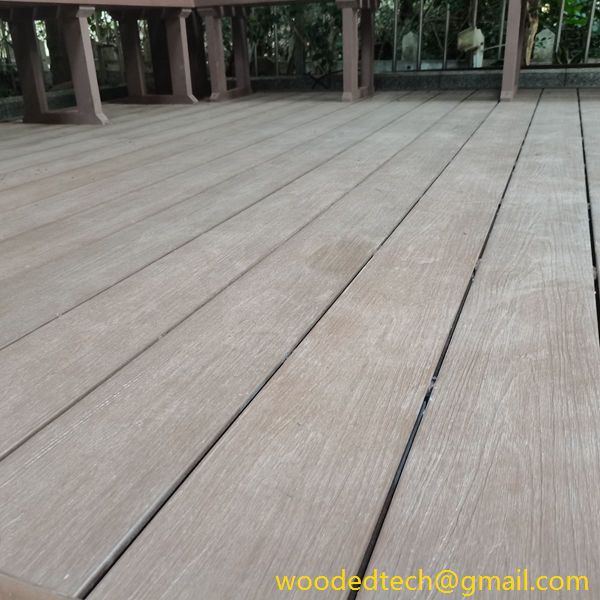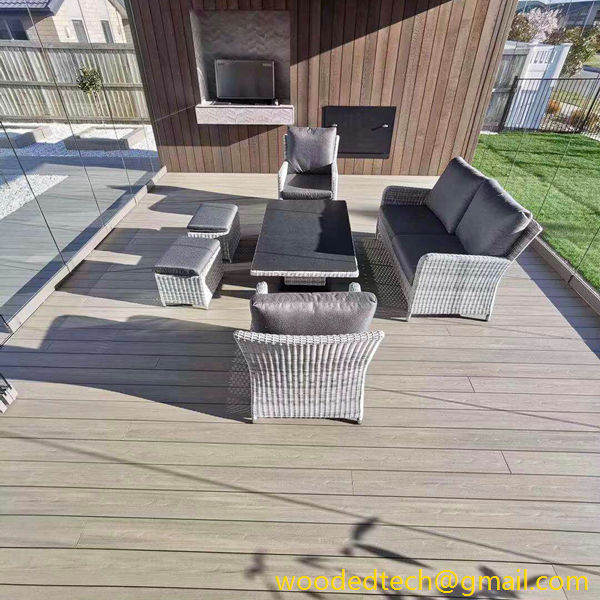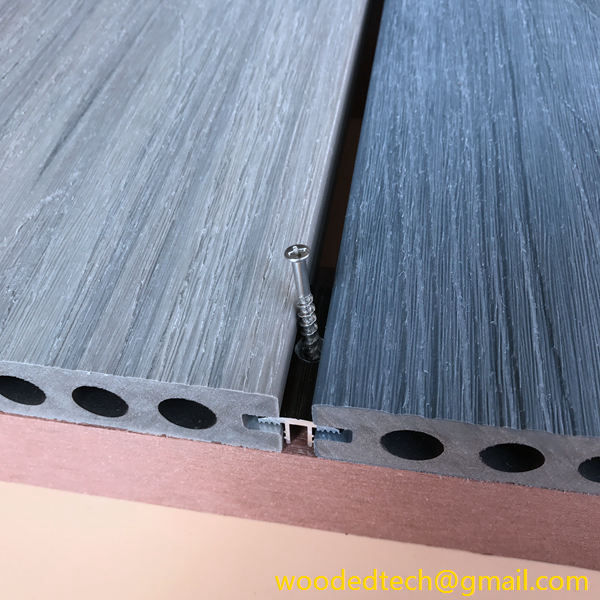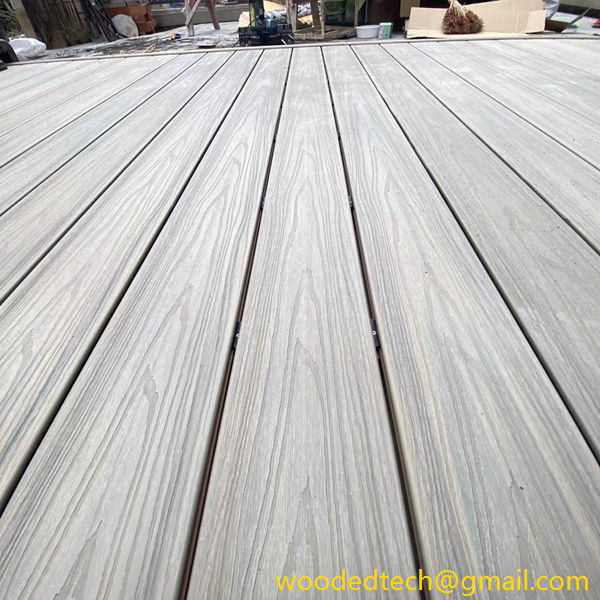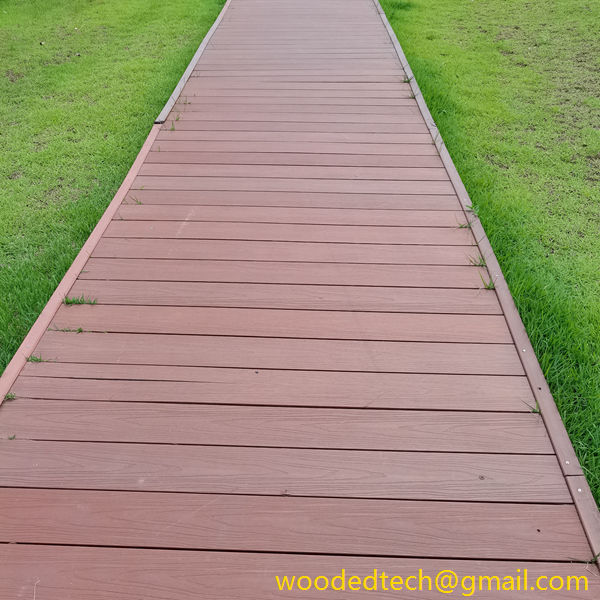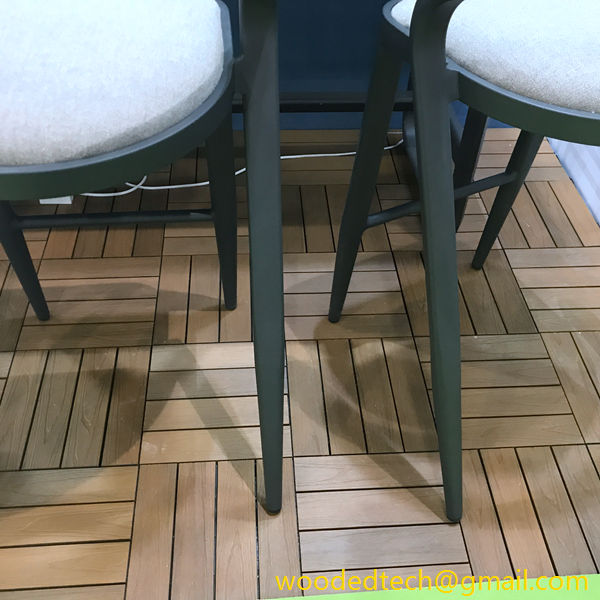How to Clean Composite Decking Wood and Plastic: Effective Methods for Cleaning Composite Decking
How to Clean Composite Decking Wood and Plastic: Effective Methods for Cleaning Composite Decking Cleaning composite decking is essential to maintain its appearance and longevity. Composite decking, made from a blend of wood fibers and plastic, offers the aesthetic appeal of natural wood without the extensive maintenance that traditional wooden decks require. However, like any…
How to Clean Composite Decking Wood and Plastic: Effective Methods for Cleaning Composite Decking
Cleaning composite decking is essential to maintain its appearance and longevity. Composite decking, made from a blend of wood fibers and plastic, offers the aesthetic appeal of natural wood without the extensive maintenance that traditional wooden decks require. However, like any outdoor surface, composite decking can accumulate dirt, stains, and mildew over time. Here are effective methods for cleaning composite decking, ensuring it remains a beautiful and functional part of your outdoor space.
Before diving into the cleaning process, it’s essential to gather the right materials. You’ll need a broom or leaf blower, a bucket, a soft-bristle brush, a garden hose, and a suitable cleaning solution. If you prefer a commercial cleaning product, make sure it is specifically designed for composite materials to avoid any damage. Additionally, having a pressure washer on hand can be beneficial, but be cautious with its use, as high pressure can harm the surface if not handled correctly.
The first step in cleaning your composite decking is to remove any loose debris. A broom or leaf blower works well for this purpose. Sweeping away leaves, dirt, and other debris not only prepares the surface for deeper cleaning but also helps prevent mildew growth by reducing organic matter that can retain moisture.
Once you’ve cleared the surface, it’s time to tackle any stains or discoloration. For general cleaning, a mixture of warm water and mild dish soap can be effective. Use your soft-bristle brush to scrub the surface with this solution, focusing on areas with visible stains or buildup. Be sure to follow the grain of the decking to avoid scratching the surface. Rinse thoroughly with a garden hose to wash away any soap residue.
For tougher stains, such as those from food, oil, or mold, you may need to use a stronger cleaning solution. Many homeowners find that a diluted solution of bleach mixed with water is effective in removing mold and mildew. A common ratio is one part bleach to three parts water. Apply this solution to the affected areas and let it sit for about 10-15 minutes. Afterward, scrub the area with your brush and rinse thoroughly with water. Always wear gloves and protective eyewear when handling bleach, and ensure that the area is well-ventilated.
If you prefer to avoid bleach, there are eco-friendly alternatives available in many stores. These biodegradable cleaners are specifically formulated for composite materials and can effectively remove stains and mildew without harsh chemicals. Follow the manufacturer’s instructions for the best results.
In addition to regular cleaning, it’s essential to take preventive measures to keep your composite decking looking its best. One effective strategy is to apply a protective sealant designed for composite materials. This can help create a barrier against stains and moisture, making future cleanings easier. However, be sure to check with the manufacturer regarding the compatibility of any sealant with your specific type of composite decking.
Seasonal cleaning is also a good practice. After heavy rain or during the fall when leaves are more likely to accumulate, take some time to clean your deck. Regular maintenance can prevent larger issues down the line, such as deep-set stains or mildew growth.
Another important aspect of maintaining composite decking is to watch for scratches or damage. While composite materials are generally more resistant to wear than traditional wood, they are not invulnerable. If you notice any scratches, you can often buff them out using a fine-grit sandpaper. For deeper gouges, you may need to consult the manufacturer for repair options or replacement boards.
When using a pressure washer, it’s crucial to set it on a low-pressure setting to avoid damaging the decking. Keep the nozzle at least 12 inches away from the surface and use a sweeping motion rather than a concentrated stream in one spot. This technique helps to dislodge dirt and grime without compromising the integrity of the composite material.
Finally, remember that while composite decking is designed to be low-maintenance, it still requires care. Avoid using harsh chemicals, abrasive cleaners, or scrubbing pads, as these can scratch or dull the surface. Regular sweeping and occasional deep cleaning will help preserve the beauty of your composite deck for years to come.
In summary, maintaining composite decking involves a combination of regular cleaning, preventive measures, and careful attention to any damage or stains. By using the right cleaning methods and products, you can keep your composite deck looking its best, ensuring it remains a welcoming space for outdoor gatherings and relaxation. With just a little effort, your composite decking can continue to provide the beauty and functionality you desire, making it a valuable addition to your home for many years.

